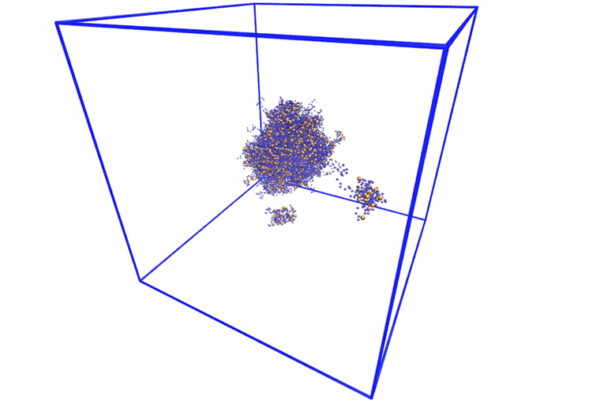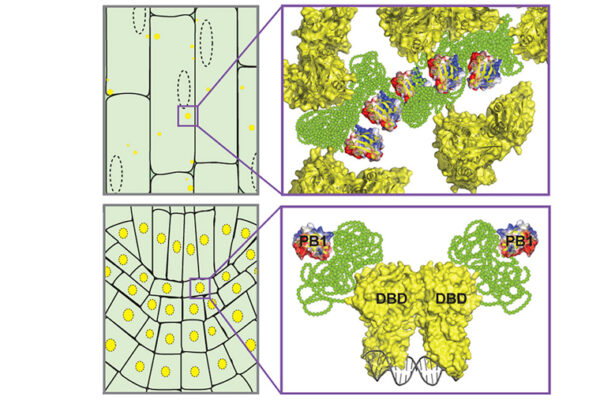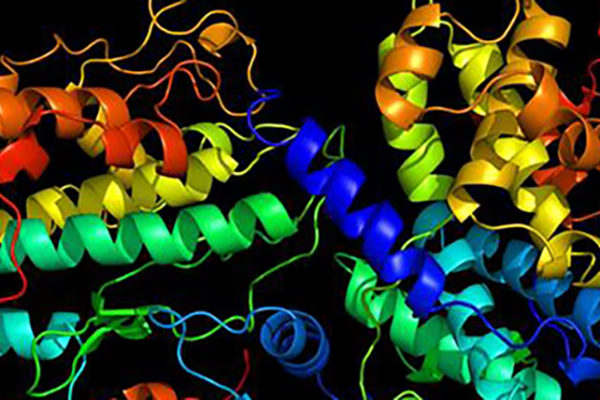Researchers from the McKelvey School of Engineering at Washington University in St. Louis, Université de Montréal and McGill University have discovered a new mechanism by which membrane vesicles are made. The roles played by these self-contained nanoparticles are essential to the normal function of our cells. Their dysfunction is implicated in diseases ranging from cancers to heart disease to neuropsychiatric disorders.
The research was published online Dec. 9 in the journal Proceedings of the National Academy of Sciences.

Vesicles trap proteins, RNA and other molecules from inside or outside of living cells to use as nutrients or regulate the numbers of cell surface hormone receptors, such as those for insulin, to control the sensitivity of cells to hormones. They also deliver protein hormones to the surface of cells where they are released into the surroundings to act on cells at a distance.
The researchers discovered that endocytosis, the process by which molecules are transported into cells, begins by the formation of a “biomolecular condensate.” Biomolecular condensates are a recently discovered configuration of proteins and RNA into liquid droplets, reminiscent of oil droplets in water.
“Our study demonstrates that an emergent property of biomolecular condensates is to act as ‘mechanoactive devices,’ able to do work on other materials to shape and organize living cells,” said lead author Rohit Pappu, the Gene K. Beare Distinguished Professor in the Department of Biomedical Engineering at Washington University.
In the initial stages of endocytosis, specific proteins coalesce at nucleation sites on the membrane of the cell. Over several seconds, a condensate grows on the surface of the membrane, like dew on the surface of grass. At a critical moment, the cell membrane buckles and folds into the condensate, ultimately being pinched off to form a spherical vesicle. How membrane buckling occurs has been a mystery, but the researchers thought that the endocytic condensate could be the key.
Release courtesy of Université de Montréal.
This research was supported by the Canadian Institutes of Health Research, the Natural Sciences and Engineering Research Council of Canada, the Human Frontiers Research Program and the National Institutes of Health (NIH).


